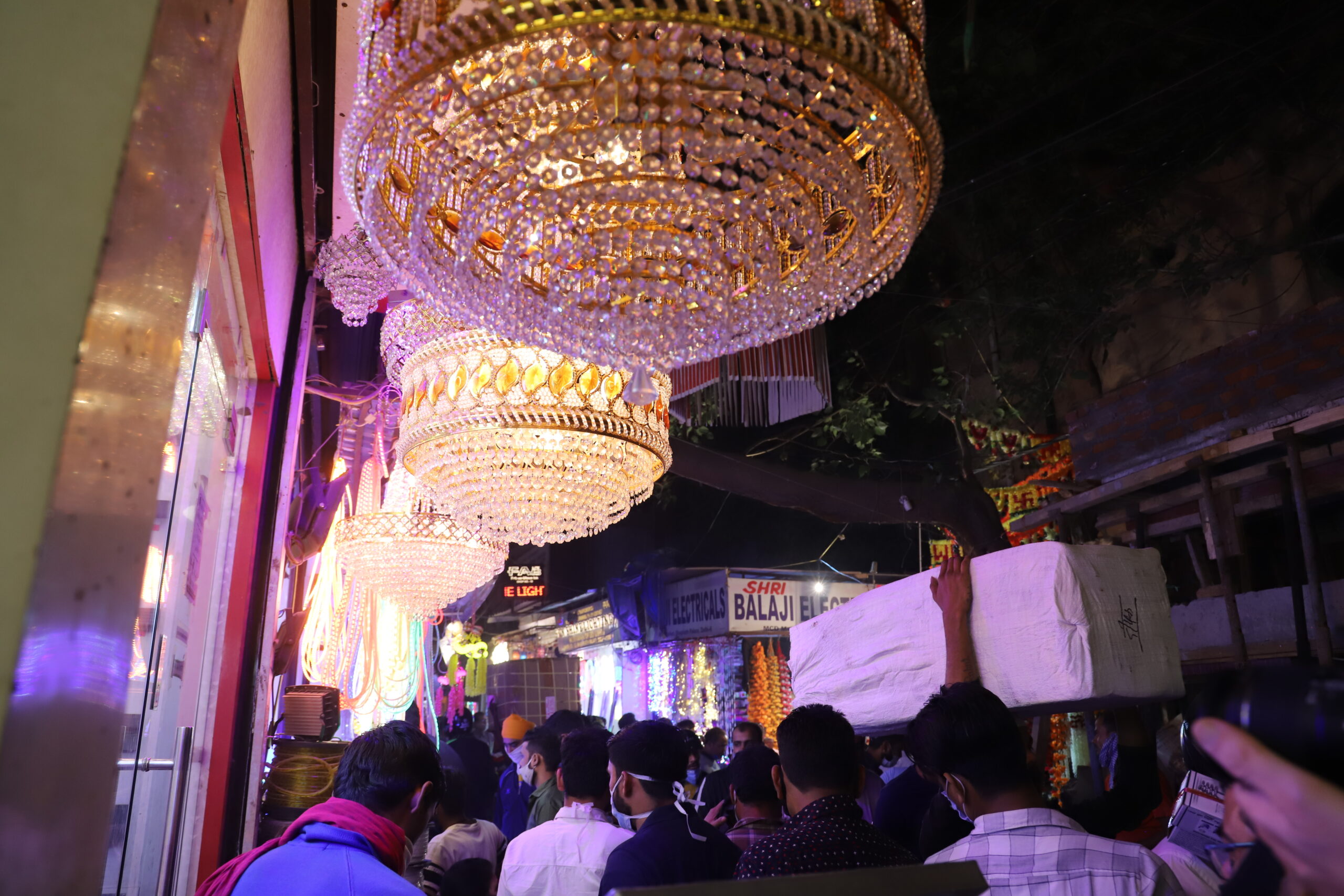Diwali 2020: Twinkling lights of festivities in different states
The popular legend associated with Diwali is the return of Lord Rama to Ayodhya with his wife Sita and brother Lakshman after 14 years of exile. As it was a new moon day in the Hindu month of Kartik, it was dark all around. To welcome their homecoming, people of Ayodhya lit the entire city with diyas (clay lamps) and fireworks.
While the traditional ways of celebrating Diwali has been adapted into many modern forms across the country, certain traditions like lighting diyas and decoration with fresh flower have remained intact.
Most of the rituals and practices remain similar throughout the country which includes the lighting of lamps, along with bursting of crackers. However, different versions of the epic Ramayana and its interpretations have given birth to different traditional practices across the subcontinent. In the days leading up to Diwali, prominent public monuments, as well as markets, are illuminated and people decorate their houses with trinkets. Making a Rangoli (patterns made on the floor) is also a popular practice in North Indian homes. On Diwali, many families engage in gambling on Diwali night, which is considered to be auspicious.
Goddess Lakshmi (Goddess of wealth) and Lord Ganesha (representing prosperity and good fortune) are worshipped at night. In some houses, there is a tradition of putting a silver coin in a tumbler of milk, which is then sprinkled in all the rooms. Shopping, cleaning, gambling, redecoration, whitewashing, home decoration, exchanging of gifts and sweets are part and parcel of the celebrations.
Some people keep the doors of their houses open so that Goddess Lakshmi can enter. Houses are brightly lit as it is believed that Goddess Lakshmi does not enter a dark house.
West Bengal
In West Bengal, Lakshmi Puja is celebrated six days after Durga Puja. A day before Diwali, Bengalis worship Goddess Kali (a form of Durga). There are Kali Puja pandals in various areas. With most rituals being similar to that of northern states, like drawing of rangoli. Diwali night is also believed to be the night of the ancestors or Pitripurush and diyas are believed to guide their souls on the way to heaven. This practise is followed even today in rural Bengal.
Odisha
Like West Bengal, in Odhisa too, Diwali festival is marked with paying tributes to ancestors. Madan Puri, a 45-year-old native of Odisha explains a popular chant that is an essential part of the tradition– “Badabadua ho andhaara e asa Aluaa e Jaao Baaisi pahacha e Gadagadau thaao”, which means “Oh our ancestors, seers and gods, you came on the dark night of Mahalaya and now it is time for you to depart for heaven, so we are showing light, may you attain peace in the abode of Jagannatha!”
Gujarat
Western India is mostly associated with business and trade. Few days before Diwali, the markets of Western India are crowded with Diwali shoppers. In Gujarat, on the night before Diwali, Gujaratis create colourful rangolis in front of their houses. Footprints are also drawn to welcome Goddess Laxmi. On Diwali, homes are brightly lit.
On this day, any new venture, buying of properties, the opening of offices, shops, and special occasions like marriages are considered auspicious. In some houses in Gujarat, a diya lit with ghee is left burning the whole night. The next morning, the flame collected from this diya is used to make kajal, which women later apply to their eyes. This is considered to be a very auspicious custom and is believed to bring prosperity to for the whole year. Like northern states of India, Diwali is a celebrates here too.
Maharashtra
In Maharashtra, Diwali is celebrated for four days. Vasubaras is the first day and is celebrated by performing an Aarti of the cows and calves. This signifies the love between a mother and its baby. The next day is Dhanteras or
Dhanatrayodashi, which is celebrated in the same way as in other regions. On the third day, Narakchaturdashi, people take scented oil bath early morning and visit a temple.
After this, the Maharashtrians feasts on a special Diwali preparation consisting of delicious sweets like karanji and ladoo and spicy eatables like chakli and sev. This feast is known as Faral. The fourth day, which is the main Diwali day, Lakshmi is worshipped. In certain parts, people also worship items that have a monetary value like jewellery.
Tamil Nadu
Diwali is celebrated in the Tamil month of Aaipasi, on naraka chaturdasi thithi. This day precedes the amavasai (moonless) night. In south India, Naraka Chaturdashi is the main day of the Diwali celebrations. One day before the festival, the whole house is cleaned and smeared with lime.
People also decorate their houses with kolam designs, which are similar to rangolis in North India. Bursting of firecrackers and wearing new apparels are part of the celebrations. On the morning of Diwali or Naraka Chaturdashi, the celebrations begin with an oil bathe before sunrise. Another unique ritual in South India observed on Diwali is Thalai Deepavali. On this day, newlyweds spend their first Diwali in the bride’s parental home.
Andhra Pradesh
Harikatha or the musical narration of the story of Lord Hari is performed in Andhra Pradesh. According to Hindu mythology, it is believed that Lord Krishna’s consort Satyabhama had killed demon Narakasura on this day. Therefore, prayers are offered to special clay idols of Satyabhama. Rest of the celebrations is similar to those observed in other southern states.
Karnataka
On the first day, which is the day of Ashwija Krishna Chaturdashi, people take an oil bath before sunrise. There is a belief that Lord Krishna took the oil bath to remove the bloodstains from his body after killing a demon and it signifies washing away of past evils within one’s personality. Bali Padyami is the third day of Diwali when women draw colourful rangolis on the floor and build small forts of cow dung.











